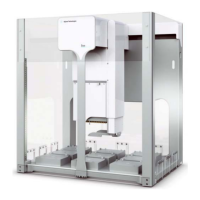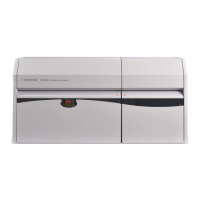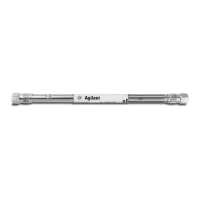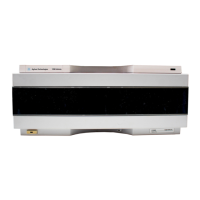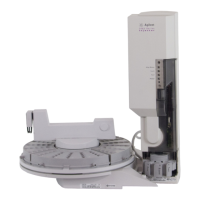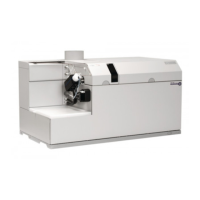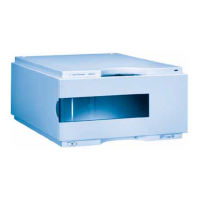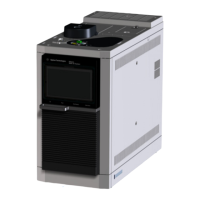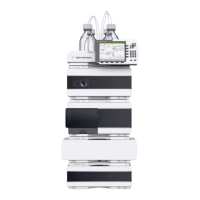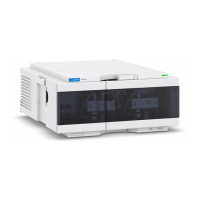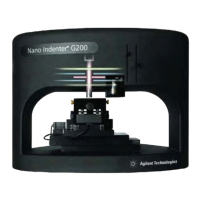PlateLoc Thermal Microplate Sealer
Optimizing the sealing quality
4 Reference for Optimal Thermal Microplate Sealing
Figure 3 Left: Microplate and PCR Plate Support. Righ
t: Microplate in PCR Plate Support.
Microplate make and model
• Be aware that similar microplates made from the same material but from
different manufacturers may perform differently.
• Evaluate every microplate make and model to ensure consistent results.
Microplate features
Be aware of design features on the top surface of the microplate that can
significantly affect the quality of the seal.
• The microplate lacks raised chimneys and it has
molded branding or
legends, such as the manufacturer’s name or logo, or the sample locating
legends (for example A, B, C, . . . and 1, 2, 3 . . .) close to the tops of the
wells (close enough so that seal touches or covers the imprint).
• Tooling marks or manufacturing aids, such as circular depressions
(som
etimes with branching) caused by ejection pins or part of the molding
process. Gaps or gutters may not only prevent binding of the seal, but may
actually facilitate cross- contamination of liquid samples.
Sealing parameters
The following parameters can be adjusted to optimize the sealing results:
•Temperature
•Time
Perform optimization tests to determine the best
values to use. For details, see
“Optimizing the sealing parameters (temperature versus time)” on page 10.
Insert thickness
Choose the right insert to support the microplate and ensure uniform sealing.
A set of four inserts are presently shipping with every PlateLoc Sealer, and a
special insert is available for Labcyte microplates.
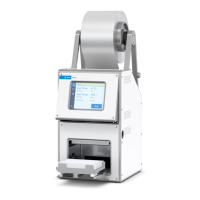
